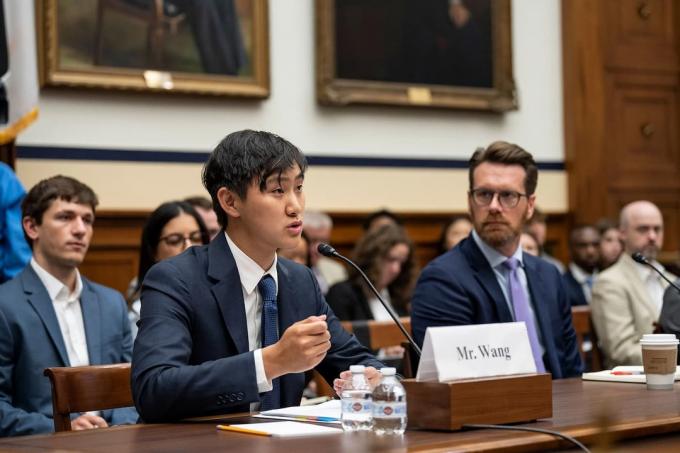From a historical point of view, the organization of Candomblé in Brazil is visibly close to the historical process that resulted in the spread of blacks throughout the territory. Over the centuries, the predominance and experiences of different black groups across the country resulted in the multiple formulation of African-influenced religions.
Gradually, due to the observance of differences in the form of worship and in the nature of the adopted deities, Brazilian Candomblé was subdivided into different nations. The definition of a nation happens through the interaction developed between the different religious experiences brought from Africa. In this context, the predominance of Sudanese or Yoruba influences is one of the most important references in recognizing distinct nations.
The Nagô rites – which include, among others, the Ketu, Ijexá, Nagô egbá and Xamba nations – value the legacy of Sudan's religions. According to its practitioners, the Nagô ritual is endowed with greater “purity” and “originality” than other nations that accept the presence of Catholic saints. The nations belonging to this rite worship voduns, orixás, caboclos and eres. In addition, they use drums played with aguidavis and usually sing songs in African dialect.
The nations linked to the Angola rite or Angola's Candomblé are influenced by the ritualistic elements of Bantu religions. In its terreiros, the atabaques are performed with the hands and the chants are marked by a wide range of expressions in Portuguese. Open to Christian and indigenous religious experiences, this type of ritual appears with great emphasis in different regions of Brazil. In Rio de Janeiro it became known as macumba; and in Bahia, caboclo candomblé.
Purity or fidelity to African matrices determine a dispute for legitimacy that overshadows the historical development of the Candomblé nations. No documentary evidence to date has suggested that religions brought from Africa were faithfully preserved by slaves displaced to Brazil. What is actually observed is that several people of non-African descent participated in the structuring and development of Candomblé.
By Rainer Sousa
Graduated in History
Source: Brazil School - https://brasilescola.uol.com.br/religiao/os-ritos-candomble.htm

